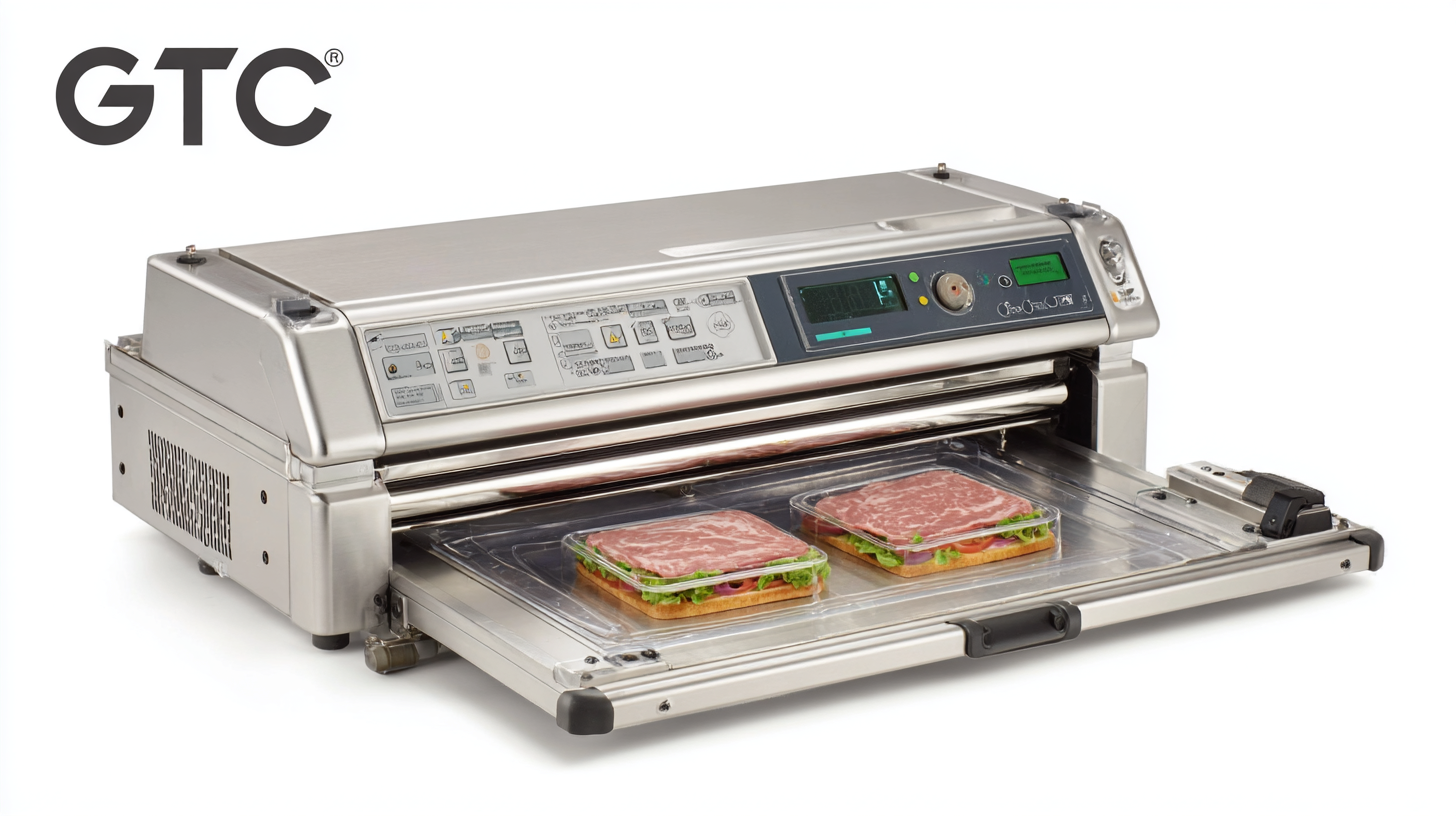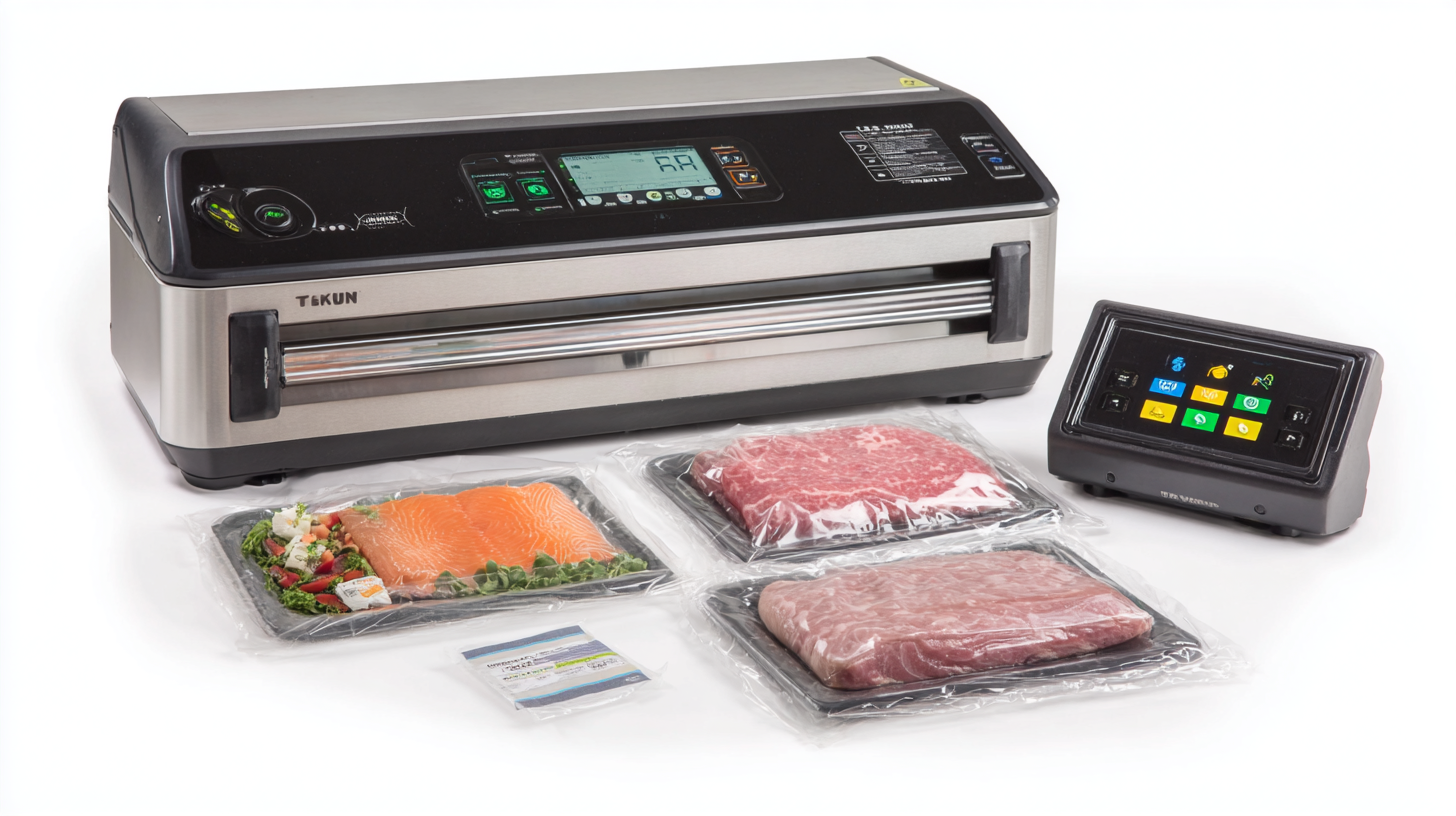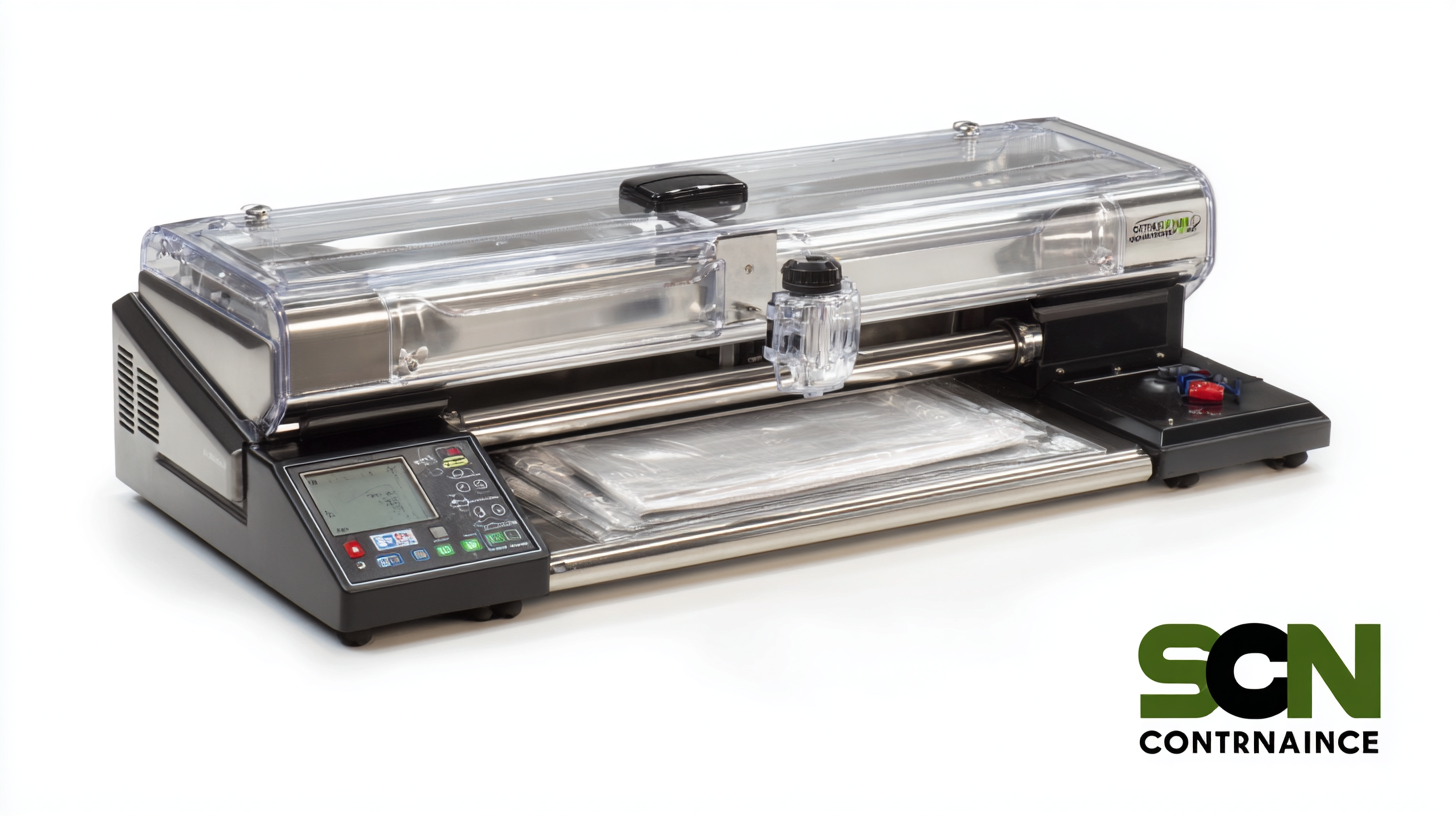About Us | Blog | FAQs | Tips/Troubleshoot | Contact Us | Machine Manuals | Demo Videos
Unlocking the Value: Advantages of the Best Commercial Chamber Vacuum Sealers for Diverse Industries
In today’s fast-paced commercial environment, the importance of food preservation cannot be overstated, as approximately 30-40% of the food supply is wasted due to improper storage techniques, according to the Food and Agriculture Organization (FAO). This issue has prompted various industries, from food services to manufacturing, to seek innovative solutions to enhance efficiency and reduce waste. One such solution gaining traction is the commercial chamber vacuum sealer, which not only extends the shelf life of products but also maintains quality and flavor. Reports indicate that the commercial vacuum sealing market is projected to grow significantly, driven by the rising demand in sectors such as food processing, pharmaceuticals, and logistics. By unlocking the value of these advanced sealing machines, businesses can significantly cut costs, improve inventory management, and support sustainability efforts, making the commercial chamber vacuum sealer an essential tool across diverse industries.

Table of Contents
[Hide]
Exploring Alternative Vacuum Sealing Methods for Commercial Use
When it comes to commercial applications, the methods of vacuum sealing available can greatly impact efficiency and product preservation. While chamber vacuum sealers are renowned for their effectiveness, several alternative vacuum sealing techniques are making waves across various industries. These alternatives, such as external vacuum sealers and handheld models, offer flexibility and convenience, allowing businesses to cater to diverse products and packaging needs.
One significant advantage of external vacuum sealers is their portability, making them ideal for businesses that require mobility, such as food trucks and catering services. Additionally, these sealers are typically more budget-friendly, providing an accessible option for small and medium-sized enterprises. Handheld vacuum sealers also present an innovative solution for niche applications, such as preserving delicate items or marinating food quickly. By embracing these alternative sealing methods, companies can enhance their operational efficiency while still ensuring the quality and longevity of their products.
Unlocking the Value: Advantages of the Best Commercial Chamber Vacuum Sealers
Benefits of Using Chamber Vacuum Sealers Over Traditional Methods
Chamber vacuum sealers have gained significant traction across various industries, offering distinct advantages over traditional sealing methods. Unlike standard vacuum sealers, which often leave air pockets and allow permeation of moisture, chamber vacuum sealers create a controlled environment that maximizes the removal of air from the packaging. This results in a more reliable seal, extending the shelf life of perishable products, such as food, pharmaceuticals, and electronics, while minimizing spoilage and contamination.

Another key benefit of chamber vacuum sealers is their versatility and efficiency. These machines can handle diverse packaging sizes and materials, making them suitable for both small-scale operations and large-scale production. Businesses can quickly adapt to varying needs without compromising quality.
Furthermore, the consistent sealing process reduces waste and prevents costly accidents that might occur with manual sealing methods, ultimately leading to better cost savings and improved operational efficiency. By making the switch to chamber vacuum sealers, industries stand to enhance not only their product preservation strategies but also their overall productivity.
Comparative Analysis: Chamber Vacuum Sealers vs. External Sealers
When it comes to food preservation and packaging, the choice between chamber vacuum sealers and external sealers can significantly impact operational efficiency and product quality. According to a report by the Food and Drug Administration (FDA), vacuum sealing can extend the shelf life of food products by up to five times compared to traditional packaging methods. Chamber vacuum sealers, designed to remove air from an entire chamber, offer uniform sealing and better vacuum performance, which minimizes spoilage and food waste—a crucial consideration for industries where freshness is paramount.
In contrast, external sealers, while more affordable and user-friendly, can only vacuum seal items placed in a specific alignment, often leading to inconsistent results. Research from the International Journal of Food Science underscores that chamber vacuum sealers are more effective for bulk packaging, especially in commercial settings such as restaurants and food manufacturing. These devices not only ensure a higher seal quality but also reduce the risk of freezer burn and contamination, making them an indispensable tool across diverse sectors, including food service and logistics. The investment in chamber vacuum technology shows promising returns through cost savings and enhanced product longevity, thereby unlocking substantial value for businesses aiming to thrive in competitive markets.
Unlocking the Value: Advantages of the Best Commercial Chamber Vacuum Sealers for Diverse Industries
| Feature | Chamber Vacuum Sealers | External Sealers |
|---|---|---|
| Vacuum Quality | Superior vacuum sealing, suitable for liquids and powders | Basic vacuum sealing, primarily for solid items |
| Speed of Operation | Faster cycle times for commercial use | Longer cycle times, often slower |
| Customization | Flexible settings for various foods and products | Limited customization options |
| Durability | Designed for high-volume production | Less durable, suitable for home use |
| Cost Effectiveness | Higher initial investment, but better ROI for businesses | Lower cost, but may require more frequent replacements |
| Applications | Ideal for food industry, pharmaceuticals, and manufacturing | Best for home cooking and small scale kitchens |
Innovative Vacuum Sealer Technologies for Enhanced Efficiency
In today's fast-paced and competitive market, innovative vacuum sealer technologies are transforming industries by enhancing efficiency and preserving product quality. Modern commercial chamber vacuum sealers are equipped with advanced features, such as smart sensors and automated sealing processes, which eliminate human error and ensure optimal sealing conditions. These innovations not only streamline operations but also extend shelf life by effectively removing air and preventing spoilage, which is crucial in sectors like food processing. For instance, recent advancements in the food industry indicate that the integration of vacuum sealing can reduce food waste by up to 30%, significantly improving sustainability efforts.
Moreover, technological advancements are being employed in various sectors, including food trucks and restaurants, to elevate customer experiences. Data shows that restaurants utilizing vacuum sealing technology can improve meal preparation efficiency by over 40%, allowing them to serve customers faster without compromising quality. This trend has been mirrored in seafood processing, where state-of-the-art vacuum sealers enhance quality and efficiency, contributing to improved yield rates and sustainability practices. By investing in innovative sealing solutions, businesses can unlock significant value, ensuring they stay competitive while meeting the evolving demands of their customers.
Industry-Specific Applications of Alternative Vacuum Sealing Solutions
In various industries, the implementation of alternative vacuum sealing solutions has revolutionized product preservation, particularly in the seafood sector. Innovative technological interventions in vacuum packaging not only minimize spoilage but also significantly prolong the shelf life of fresh seafood, ensuring that quality is maintained from ocean to table. The adoption of chamber vacuum sealers allows businesses to efficiently package seafood, reducing the risk of contamination while also enhancing aesthetics and presentation, which is crucial for consumer appeal.
Moreover, the growing trend towards sustainability is driving the development of eco-friendly vacuum packing solutions. As environmental concerns become increasingly prominent, industries are exploring biodegradable and sustainable materials for packaging. Innovations such as bioplastics, derived from renewable resources, exemplify this shift, providing alternatives that greatly reduce the carbon footprint. The focus on sustainable practices not only benefits the environment but also aligns with consumer preferences for environmentally friendly products, marking a significant change in the food packaging landscape.


